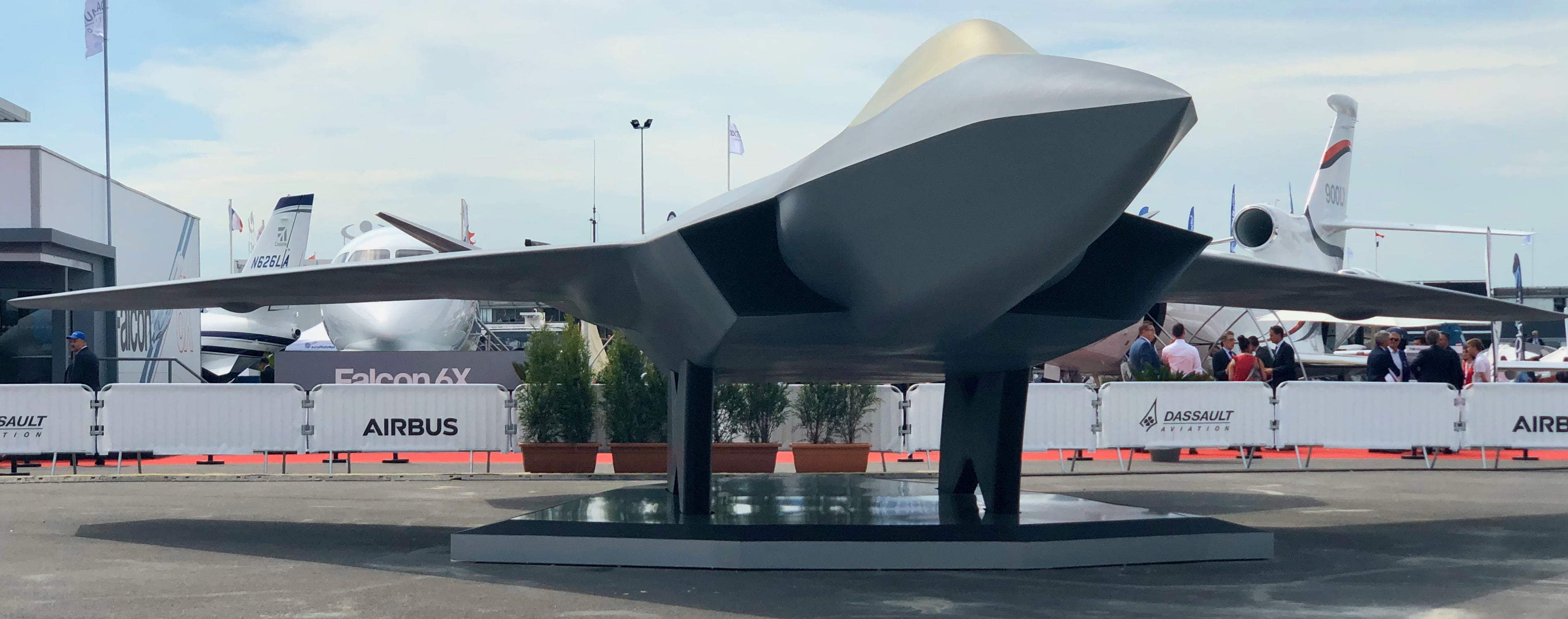By Pierre Tran
Paris – France, Germany and Spain have agreed the industrial organization for development of a future combat air system, including a demonstrator for a new generation fighter to fly by 2027, the defense ministers of the partner nations said May 17 in a joint statement.
“The industrial organisation of the program has been set up appropriately to ensure the consistency and the efficiency of the project…within a balanced, broad and deep partnership,” the ministers said.
There was a race against time on reaching that political agreement, which needs the German parliament to authorize a budget reported to be worth €3.5 billion ($4.3 billion), before the Bundestag retires in June for the summer recess ahead of the Sept. 26 general election.
The partner nations will each contribute an equal amount toward that budget, which will cover phase 1B over 2021-24, weekly magazine Air & Cosmos reported, following a briefing by the office of armed forces minister Florence Parly. That funding allows industrial partners Airbus and Dassault Aviation to build a technology demonstrator for the new fighter, and Safran and MTU to work on a new engine.
An agreement was reached on the key issue of intellectual property rights at a May 14 meeting of the three nations and the key companies, namely Airbus, Dassault, Safran, and MTU, the report said. A failure to agree on protection of intellectual property rights would have led the project to crash and burn.
France and Germany agreed the new fighter will lack a black box to protect sensitive commercial technology, after failing to meet a deadline at the end of April and needing extra time to agree on intellectual property rights, Reuters reported.
On intellectual property rights, “the contractual clauses negotiated on this subject suit everybody,” Parly said May 14 in La Tribune, a financial website. Intellectual property rights were extremely sensitive when cooperating in large programs and close attention was needed to make partners feel “comfortable.”
A budget for phase 2 to build and fly the prototype fighter in 2026-27 was still under discussion, Air & Cosmos reported, with that timetable having slipped to the right. There were three designs for the twin-engine prototype fighter, and six for remote carrier drones, spanning an upgraded cruise missile to a combat drone.
The demonstrator fighter will fly with the Safran M88 engine, after the French partners shot down a German attempt to fit the EJ200, built by Rolls-Royce, an industrial partner on the rival UK Tempest project for a new fighter.
Besides tough talks over intellectual property rights, Airbus and Dassault had spent months seeking agreement on the industrial work share on the new fighter. The latter is prime contractor on the new fighter, but there was dissent over the former gaining a larger share of the work, as Airbus is lead partner in Germany and Spain. Dassault wanted the final say on work packages on which it was the lead partner.
The new fighter is due to fly in 2040 as replacement of the Rafale and Eurofighter Typhoon. The planned fighter is the first pillar of the seven pillar FCAS project. The engine is the second, remote carriers the third, combat cloud or an extensive communications network the fourth, simulator the fifth, sensors the sixth, and stealth the seventh.
France sees the FCAS project as essential for European sovereignty and a means to maintain industrial and military capability in a market dominated by the US and Russia, with China increasing its reach.
“The implemented cooperation scheme offers an unequalled opportunity to strengthen the technological assets of the three participating countries, while ensuring the best competitiveness of the future system,” the ministers said.
“The discussions conducted by DGA, BMVg and DGAM during the last months allowed to achieve a balanced agreement between the different partners for the next step of the demonstration phase of the program.”
That statement referred to respectively to the French, German and Spanish procurement offices, Direction Générale de l’Armement, Bundesministerium der Verteidigung, and Dirección General de Armamento y Material.


